Gol y Paz: The Second Half of Bojayá
Photos by Cristian Rojas & Words by Andrés Wiesner.
A mutilated plaster statue of Christ that was found under the rubble of a church where 119 people died has become the iconic image from the massacre of Bojayá on May 2, 2002. The picture of this figure travelled the world; a disturbing image that reminds us that not even under God’s auspices are we safe.
First Half
That morning, 12-year-old Leonel Bedoya, whose trusted role as Father Rogelio Antún’s ‘right-hand man’ included the organisation of football matches, took refuge in the church, escaping from the fighting that was taking place outside.
And there he was, singing songs to the youngest children in the church to calm them down, when the FARC Guerrilla group fired a cylinder bomb against the paramilitary groups.
At the time, the Colombian Pacific region had become a war zone. Illegal armed groups sought to seize land and maritime routes to establish territories for planting and transporting cocaine.
The armed conflict left nearly 100 victims in that area alone, 30% of which were civilians. According to the ‘Centro de Memoria Histórica’, 550,000 had to leave their lands.
Leonel was not one of the 40 children that died that day. His legs did not get burned like his nine-year-old cousin Leison. Nor did he die from asphyxiation like 10-year-old Asdrual. He was not crushed to death when the roof collapsed as Diana and Carmelino were, three and seven-years-old respectively.
He woke up in a hospital three days later, confused, sad, terrified. And he soon understood that he would not see any member of his family, nor his friends ever again.
As photographers, videographers, journalists, anthropologists, sociologists and others travelled to capture what had happened in Bojayá, upon arrival none of them could remove their lens cap.
The reason why, also lay in the rubble of the church, in the image of a mutilated Christ.
Only a few metres from the church stood a football field. The field that Leonel would miss so much, far from his land, because like another 740 bojayaceños, he had to leave everything and walk away from his home.
Across that football field, they carried the bodies while the Red Cross arrived. There, they wrapped the children in shrouds, who only days before played with fear but were resigned to their fate.
Somewhere on that field, the dreams of Leonel Bedoya remain buried. The
dreams of a young boy, who someday, while training on that patch of land on the banks of the Atrato River, had dreamed of becoming a professional footballer.
Second Half
16 years have passed since the Massacre of Bojayá.
And on this day in 2018, the municipality of Bella Vista, within the district of Chocó, where Bojayá is being rebuilt, is welcoming some VIP guests.
There are 300 boys and girls living in the towns dotted along the banks of Atrato River, who have been invited to play football at the festival of “Gol & Paz”, a project that uses football as a tool for peace-building and reconciliation in Colombia.
The project is supported by the German Federal Ministry of Foreign Affairs and organised by the Fútbol y Paz network.
In different boats arrive dozens of children who would normally only leave their villages in case of medical emergency. But this time, there is no pain, only the nervous excitement of a child who knows that he is going to play in a football tournament.
In a kind of catharsis, Leonel tries to fulfill the dreams of others and tries to explain to the young players that in the games of this festival, the winner won’t be the one who scores more goals, but the one who behaves better on the pitch.
He tells them, with the characteristic patience of a pedagogue, that they will play without a referee and that they will have to learn to solve their differences themselves. He also states that each team will have to include female players, to promote gender equality on and off the pitch.
Leonel is here because this is where he wants to be. Because he believes that football can help children and youth to become better people, and not repeat the horror that he witnessed as a child.
His beliefs are ones constructed over the course of more than 10 years, through training children three times a week without making a penny; without jerseys or refreshments for the kids; and without a football field, and only a piece of land that floods when it rains and becomes a storm of dust when it is sunny.
Within the framework of the Gol & Paz project, Leonel travelled to Medellín where he took part in football for good training-of-trainer courses and learnt additional methodologies to continue empowering his pupils.
In this context, he met a further 100 peace leaders who, like him, want to return to their lands and transform their country with a football.
The festival takes place in the humid heat of Bojayá. Slowly, children are embracing the rules of the game: speaking nothing but respect of their rival or of inclusion with girls, and celebrating every goal by dancing with joy.
All the while, Leonel feels that a new dawn has arrived. Watching those children who have been denied the right to play by the war in his country, he feels that the time has come for them to play a new game. A game he is not willing for them to lose.
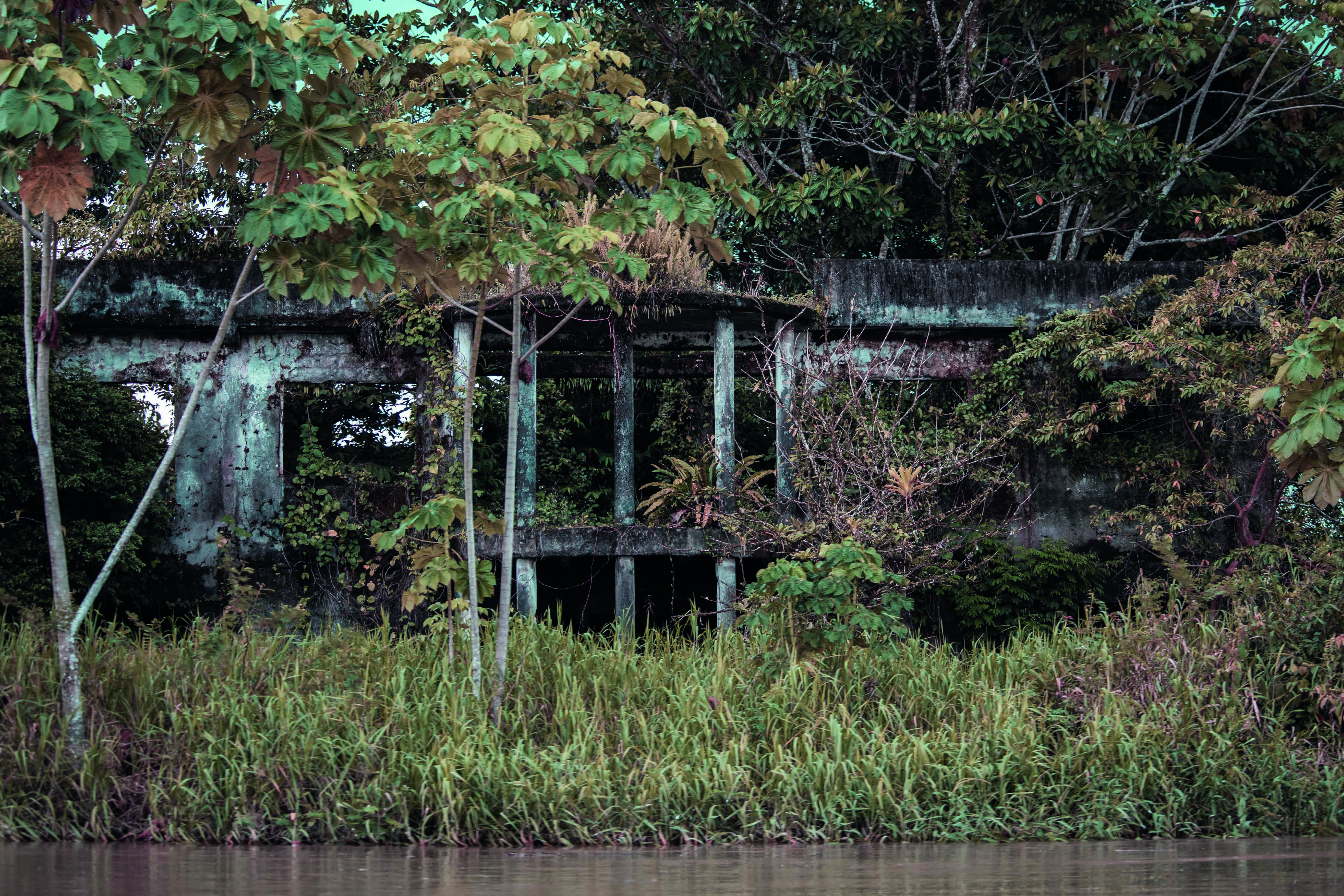
Abandoned house in Bellavista, Bojaya, from where more than 1000 people were displaced after the massacre in 2002
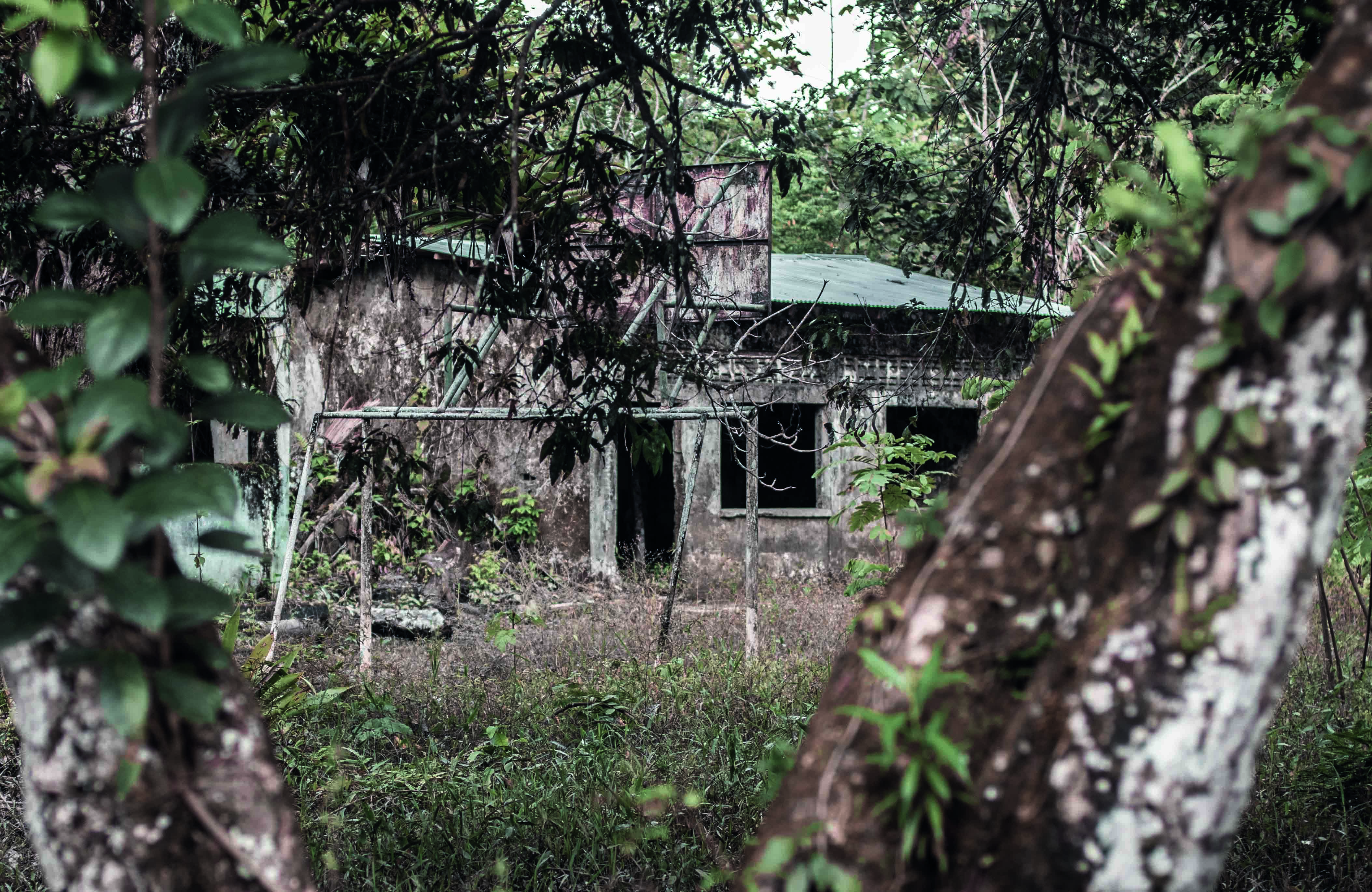
The football field and houses of Bellavista have been corroded by the forest after 17 years of abandonment
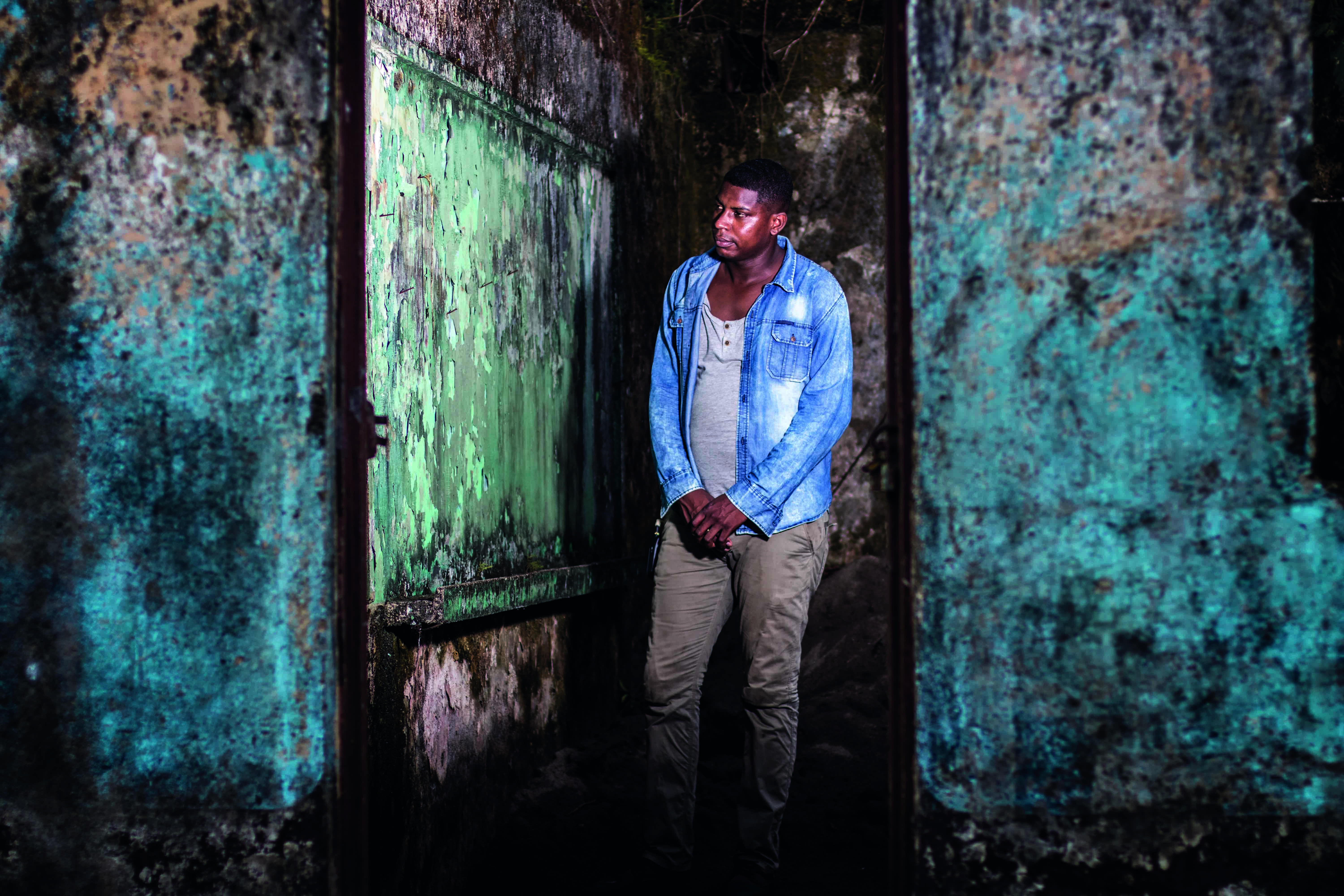
Leonel tells us that this is the school he attended before the massacre and looks at what was once the blackboard
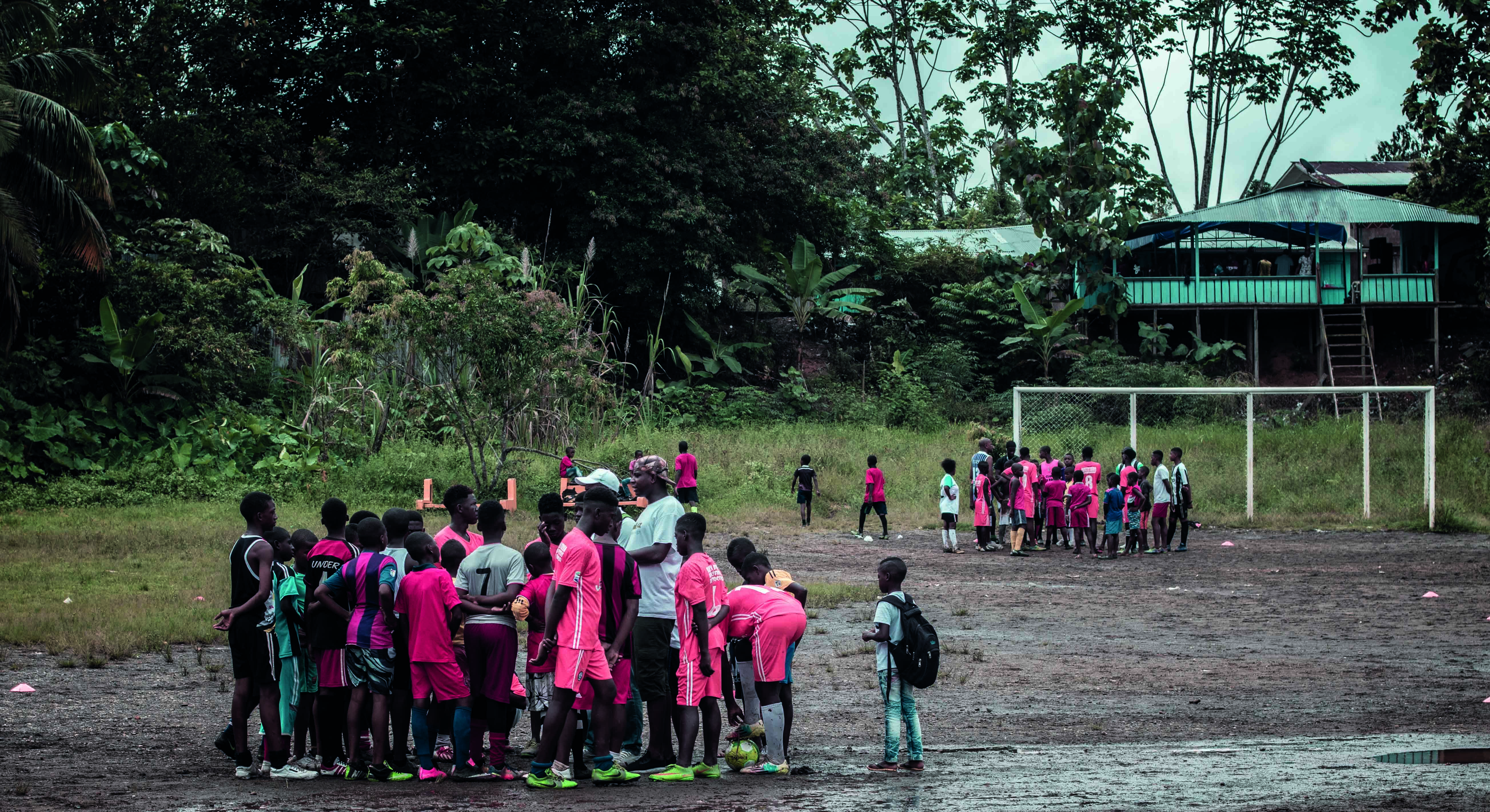
More than 300 children and young people arrive in Bojaya to play at the Football and Peace festival organised by Gol y Paz
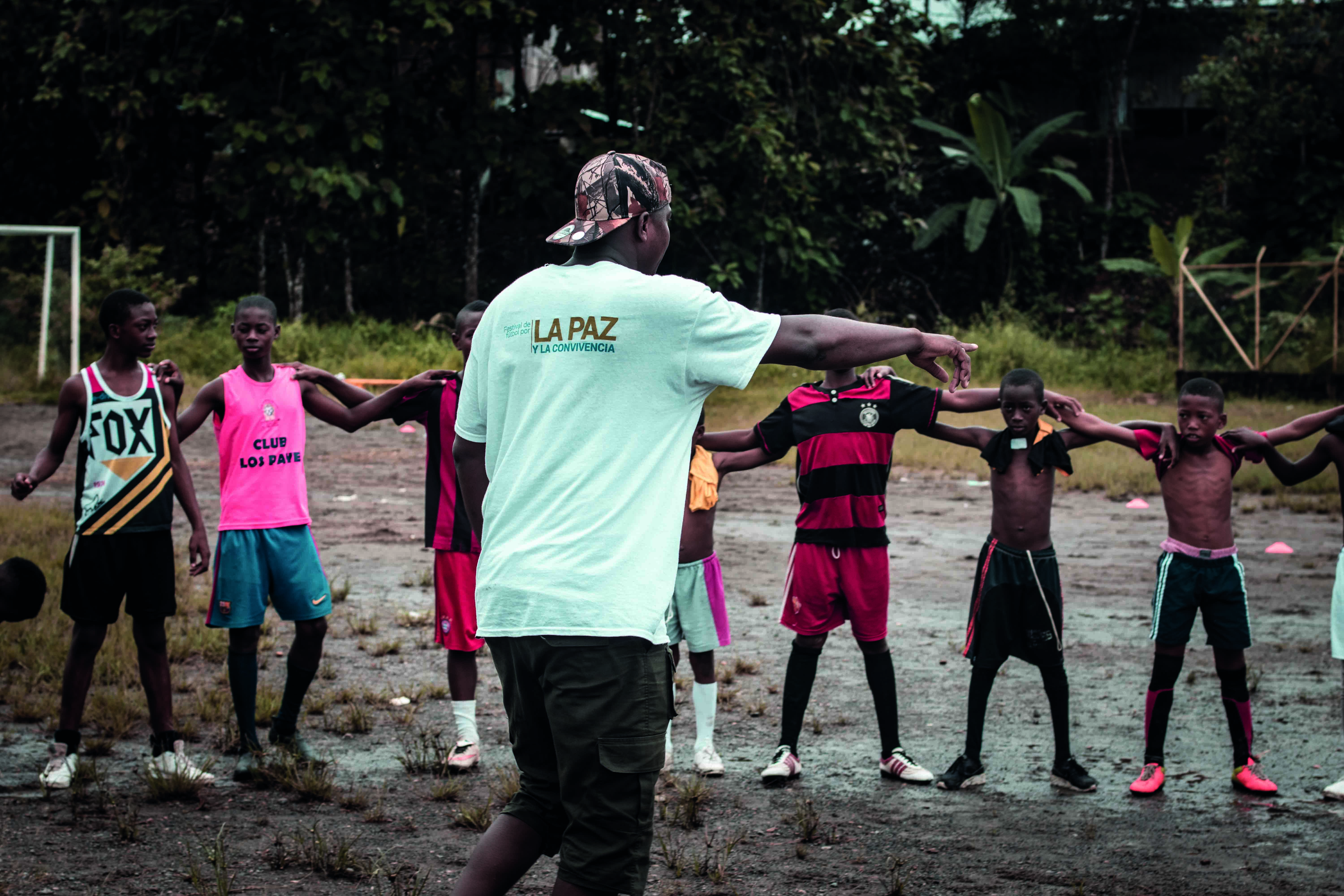
Boys and girls participating in the first part of the football3 session led by Leonel
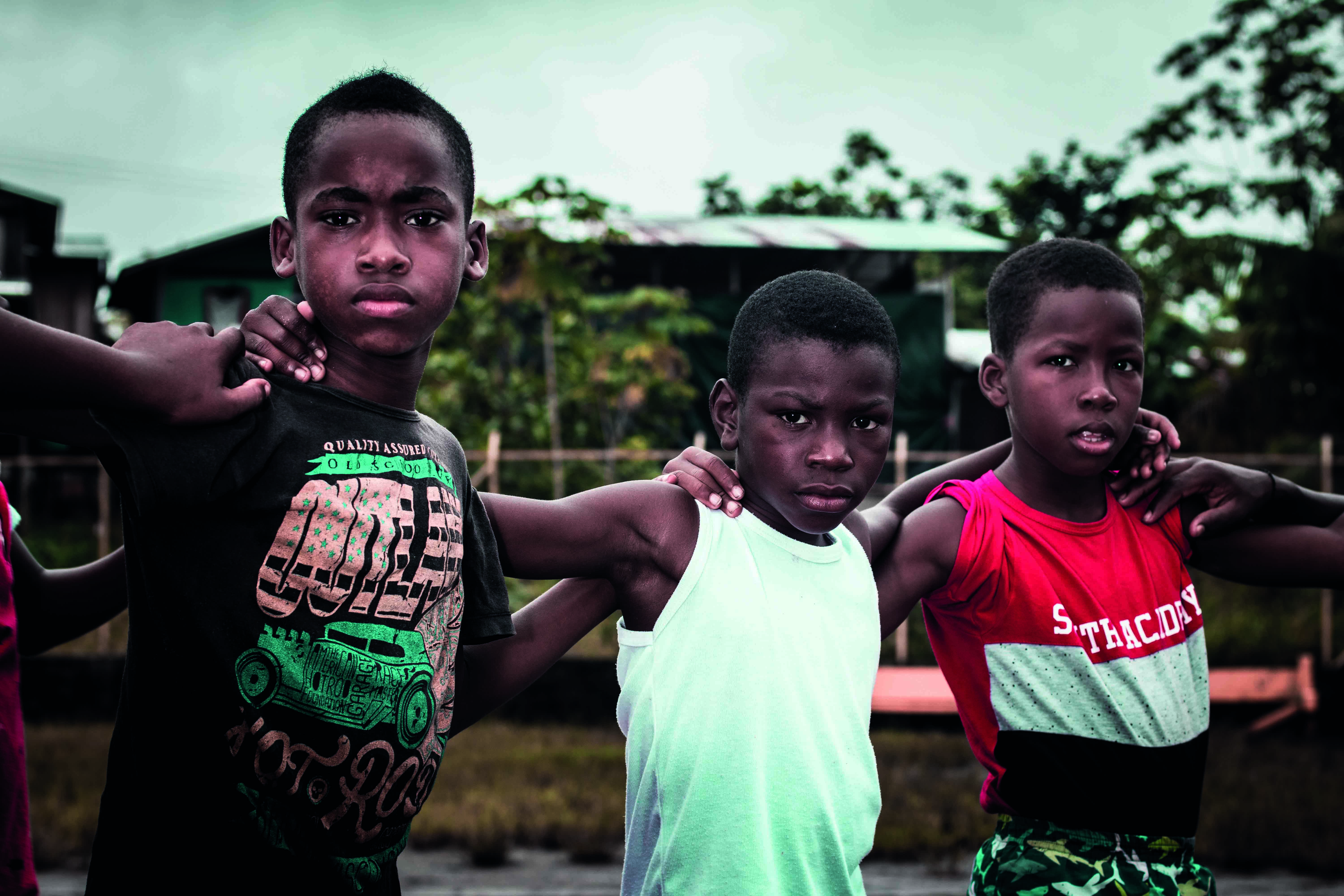
Children of the new Bellavista are preparing to start the Football for Peace Festival
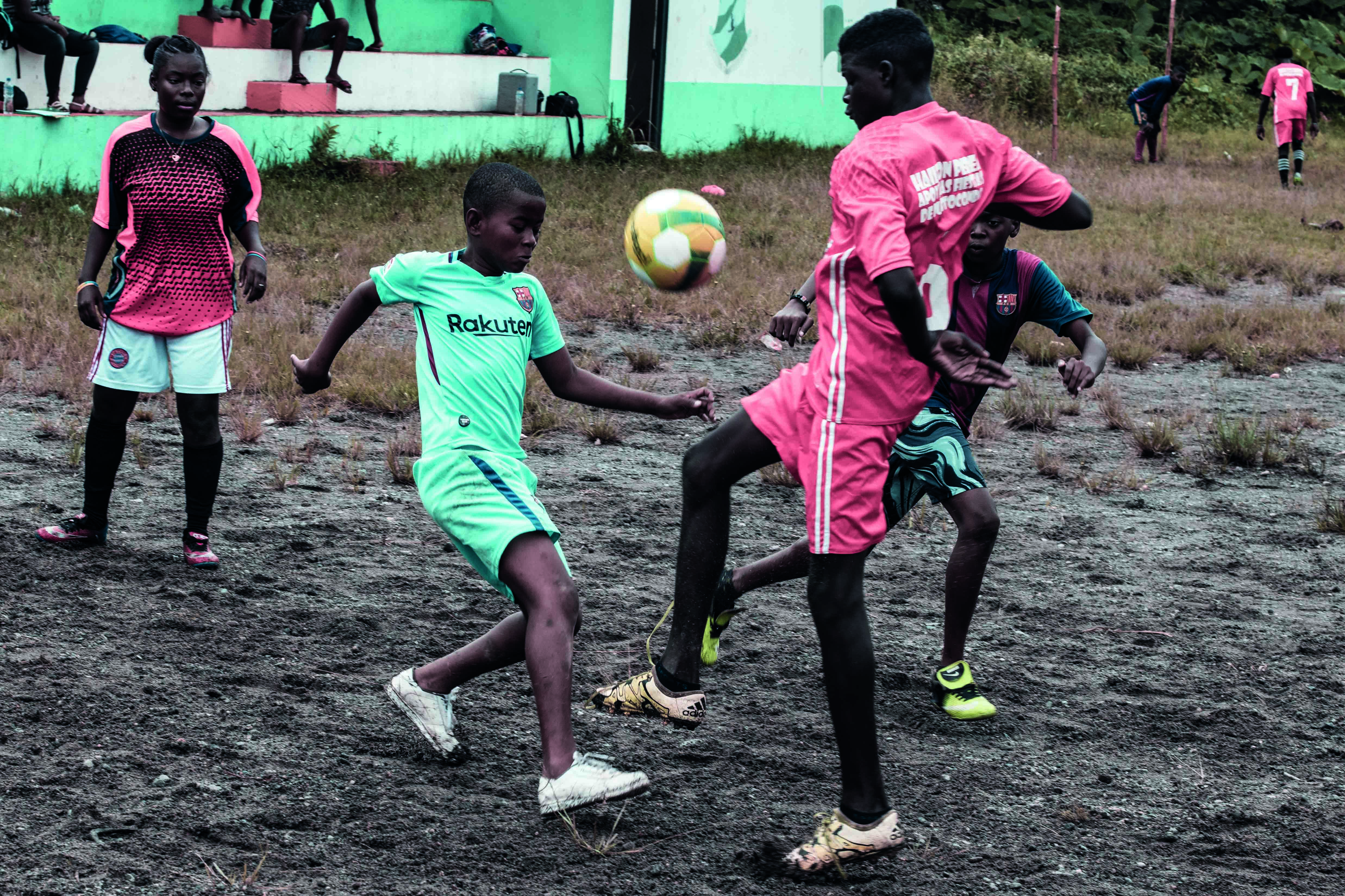
Boys and girls from the different communities of Bojaya meet to play foobtall3 for the first time in their lives
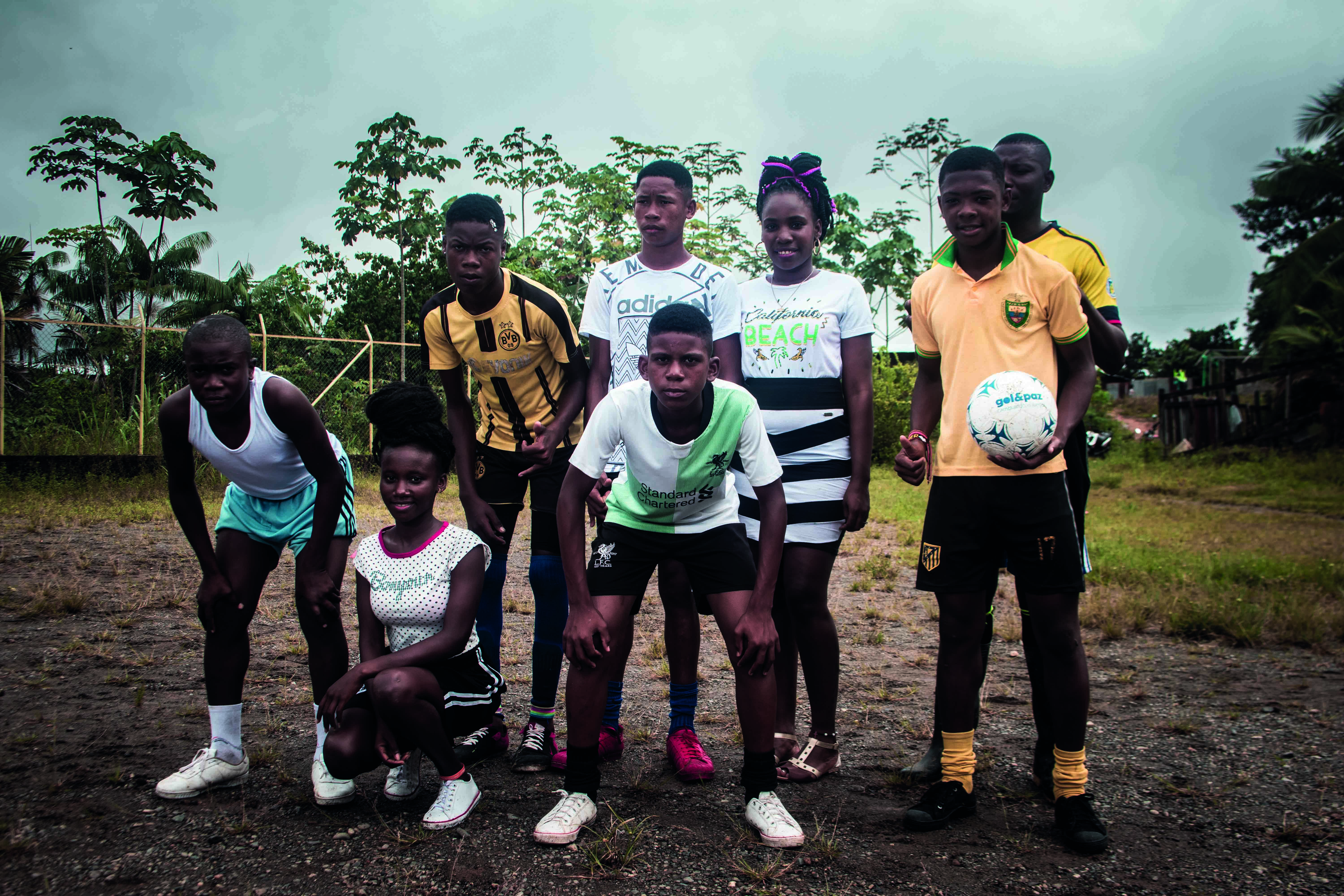
Young leaders from Bojaya meet in Bellavista to participate in the Foobtall for Peace Festival organised by Gol y Paz
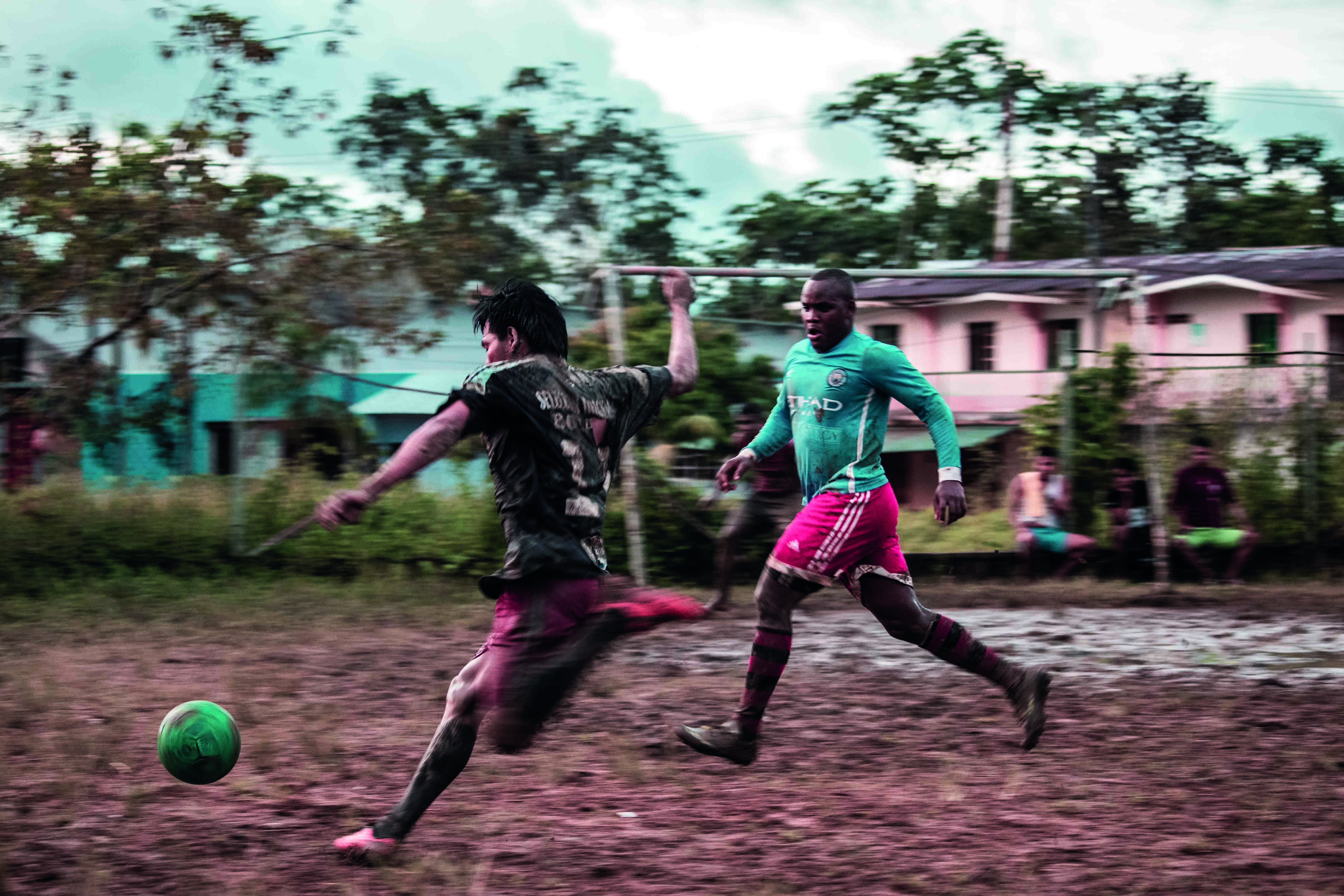
Young people from the region's indigenous and Afro-Colombian communities play a match, allowing the union of cultures and the rebirth of football